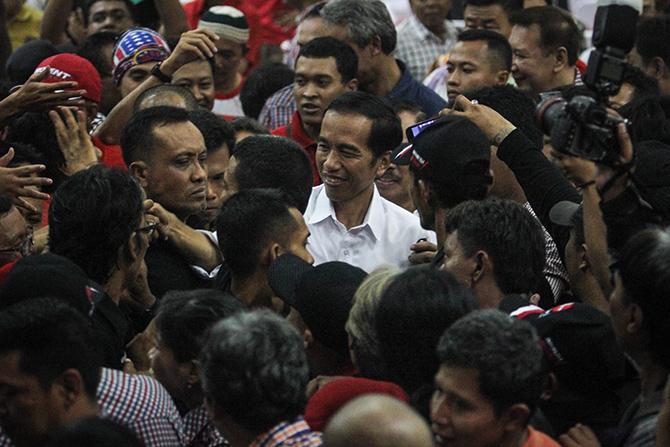
To summarize the key lessons: national transformation programs require top-down leadership, and a realistic self-assessment of the underlying current challenges and the areas where there are major gaps between this and an aspirational vision of the future. The leaders of the overall transformation and of individual initiatives must be supported by a strong and independent secretariat that, often working with outside experts, creates and publishes a road map of strategic programs, program sponsors and tangible measures of success. This process should be as transparent as possible and will include regular feedback to the government and public.
The external environment will be more challenging for Indonesia if it seeks to follow solely the trade and foreign investment-driven growth waves: the globalization-driven Wave 1 or regionalization-driven Wave 2. In the final section of this essay, I will argue that if Indonesia takes a more holistic and strategic approach to strengthen its institutions, accelerates the rollout of infrastructure to “shrink and integrate” this huge archipelago and leverage its unique assets (size and strategic location), then the country can chart a unique course to help stabilize not just the region, but the world.
As a young, post-Cold War president, Joko can navigate away from a bipolar dependence on any of the large powers (including nuclear-armed ones) and invest in extending Indonesia’s influence as a founding member of the Nonaligned Movement; in key multilateral and pan-regional strategic and economic organizations such as the G20 and the Asia-Pacific Economic Cooperation (APEC) forum; and recommit to APEC’s 1994 Bogor Goals and the vision of the Free Trade Area of the Asia-Pacific.
Indonesia must, however, also leverage its other strategic assets, both domestic and international. In addition to the multilateral economic forums mentioned above, Indonesia is also in a position to contribute as the world’s third-largest democracy and, in a world now divided not just by economic power but also by religion, as the world’s most-populous Muslim-majority nation. With a broad-based approach, Indonesia has the potential to chart a unique course in Wave 3.
Given the lessons from the cases, what might be an optimum approach for Indonesia? While the World Bank and others credit it as being one of the high-performing Asian economies, in practice Indonesia missed Wave 1 and was a late arrival to Wave 2 growth. As a late arrival into Wave 2 it accrued some gains, but these were not supported by the far- reaching domestic institutional and bureaucratic reforms undertaken by the four Asian newly industrializing economies. In addition, while a good start, the 1999-2000 state-owned enterprise reforms were positive but incomplete; national attitudes toward foreign direct investment remained ambiguous at best; and there has been insufficient investment in human capital.







 resized.png)
